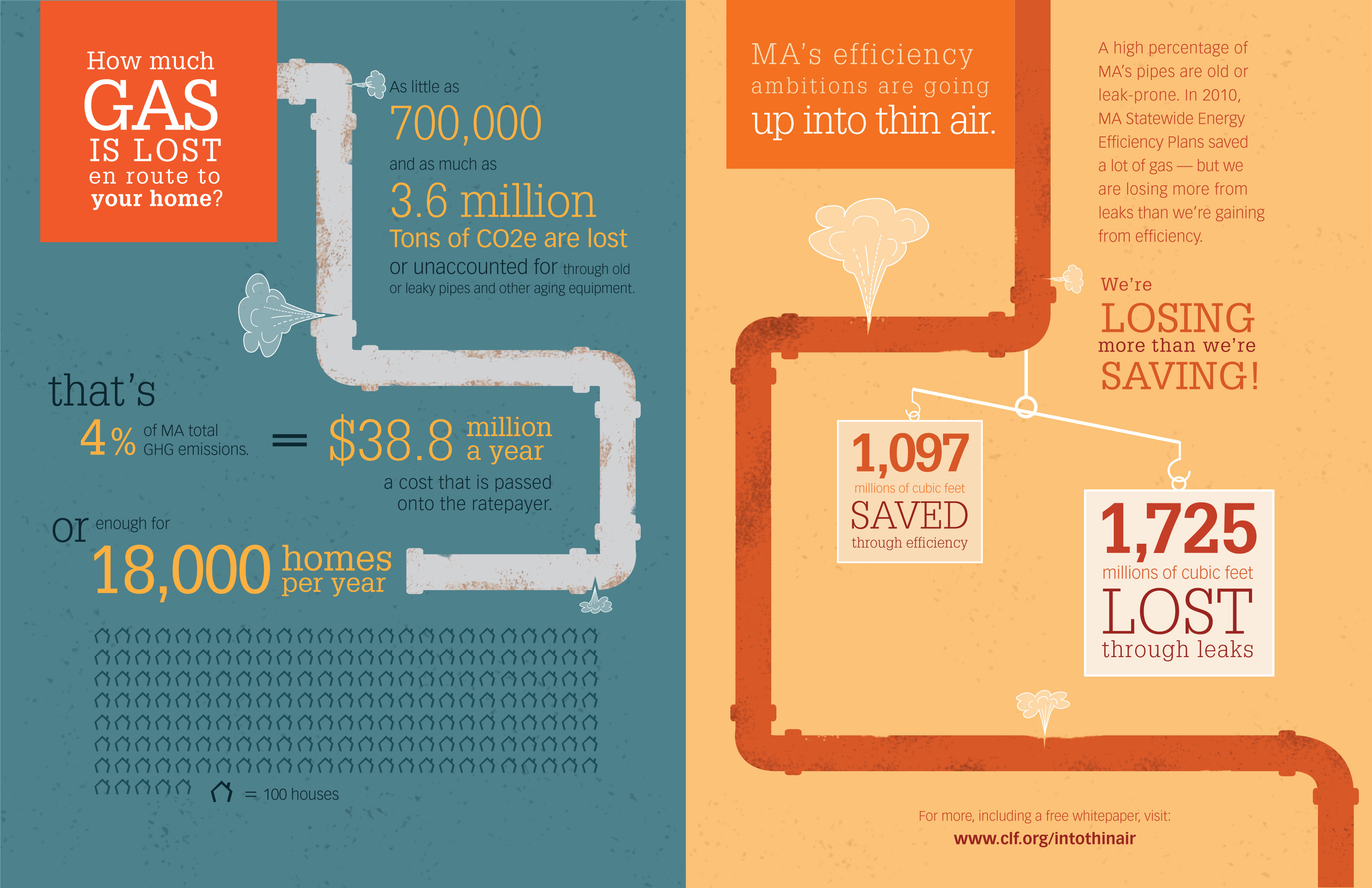Understanding Weather'S Result On Roof Installation: Trick Seasons And Conditions For An Effective Task
Understanding Weather'S Result On Roof Installation: Trick Seasons And Conditions For An Effective Task
Blog Article
Post Created By-Lohmann Smith
When it concerns roof covering setups, the weather can make or break the job. Picture the aggravation of managing products that won't cooperate as a result of extreme warmth or battling unsafe surface areas triggered by unanticipated rain. Comprehending best flooring services in texas of weather on your roof covering job is essential for a successful result. So, let's discover how various weather elements can affect the top quality and sturdiness of your roof covering installation, guaranteeing a work well done.
Effect of Temperature Level on Roof Installation
When it concerns roof covering installation, temperature level plays a critical function while doing so. The ideal temperature for roof jobs generally drops in between 45 and 85 degrees Fahrenheit. Extreme warmth can cause materials like tiles to end up being also flexible, resulting in potential damages during installation. On the other hand, cool temperature levels can make materials weak and prone to fracturing. kitchen contractors san antonio is necessary to set up roof installations throughout modest temperatures to guarantee the very best outcome.
During cooler weather condition, specialists may require to take added safety measures such as making use of heated devices or permitting materials to warm up prior to installation.
In contrast, hot weather might require work to be done previously or later on in the day to prevent the peak temperatures. By thinking about the temperature and its effects on roofing materials, you can aid ensure a successful installation that will hold up against the aspects for years to come.
Result of Rainfall on Roof Projects
Roofing projects can be dramatically influenced by precipitation, affecting both the timeline and the high quality of the setup. Rain or snow can create slippery conditions, making it unsafe for roofing contractors to deal with a wet surface. In addition, wetness can jeopardize the adhesion of materials like roof shingles or underlayment, leading to potential leakages or problems in the future.
If it rainfalls during a roof project, the water can permeate into susceptible locations, creating hold-ups as the installation team have to wait for the roofing system to dry prior to continuing. Extreme wetness can likewise advertise the development of mold and mildew and mildew, further threatening the stability of the roofing system.
To prevent these concerns, it's recommended to arrange roof covering jobs throughout drier seasons or check the weather forecast very closely to prepare about any kind of prospective rainstorms. By taking preventative measures to operate in beneficial weather, you can guarantee a smoother and extra successful roofing setup procedure.
Impact of Wind Rate on Setup Success
During roofing system setup, the rate of the wind plays an important role in figuring out the success of the project. High wind rates can present considerable difficulties to contractors, potentially resulting in safety threats and top quality problems. When wind speeds go beyond advised limits, it comes to be challenging to manage materials, increasing the risk of mishaps and damages to the roof materials. Strong gusts can likewise affect the accuracy of dimensions and the accuracy required for correct installation.
To guarantee an effective roofing system installation, it's important to keep track of and consider wind speeds. Preferably, roofing system installment must happen on days with reduced to moderate wind rates. This not just improves the security of the employees but also enhances the general high quality of the installation.
Roof jobs scheduled during calm weather conditions are more probable to be finished effectively and with fewer errors. By paying attention to wind rate forecasts and preparing accordingly, you can aid guarantee a smooth and effective roofing installation process.
Final thought
So, when it concerns roof covering installation, keep in mind to consider the weather conditions to make sure a successful task. Optimal temperature levels, completely dry conditions, and moderate wind speeds are vital variables to focus on for a smooth setup procedure. By arranging your project during the very best seasons and perfect weather conditions, you can achieve a durable and lasting roof that will secure your home for years ahead.
